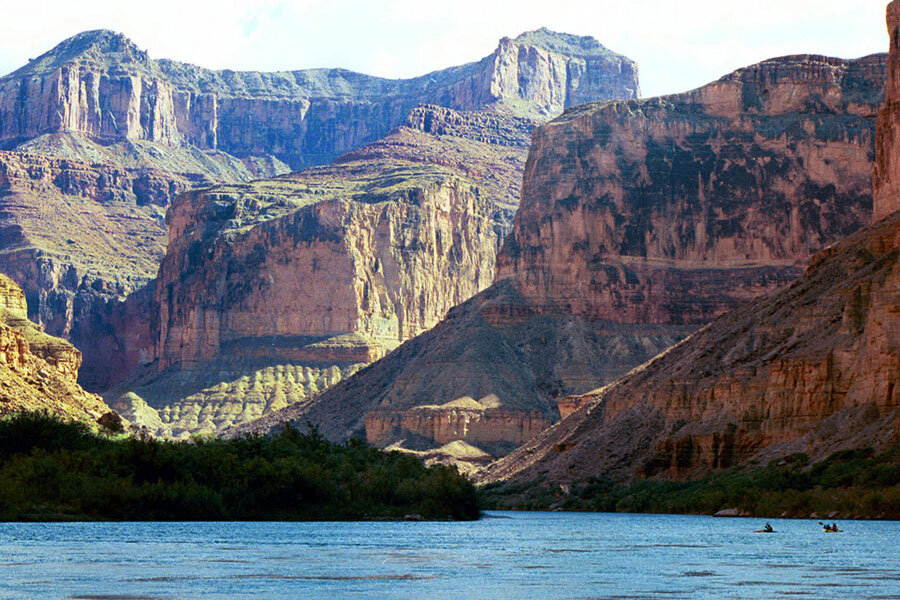Grand Canyon National Park: History of sexual assault?
Loading...
The National Park Service says it will address multiple reports of sexual harassment among employees at the Grand Canyon National Park.
In 2014, 13 current and former Grand Canyon National Park employees filed a formal complaint, detailing 15 years of sexual abuse by their male colleagues. The accusations prompted an internal investigation by the US Department of the Interior’s Office of Inspector General.
A federal report released last month confirmed the claims, describing "a long-term pattern of sexual harassment and hostile work environment" in the Grand Canyon river district, wherein women were subjected to sexual harassment by their male peers on agency-led rafting trips and then retaliated against after they refused the advances.
"While dismayed at the work environment described in the report, I am committed to working to change the situation and keep similar situations from happening again,” Intermountain Region Director Sue Masica wrote in a memo this week.
She said employees will be disciplined appropriately and she will push a message of zero tolerance for sexual harassment and hostile work environments. “The employees of Grand Canyon National Park deserve nothing less,” she said.
In recent years, NPS managers have banned alcohol on all Grand Canyon trips, required trip supervisors and established an ombudsman outside of the NPS leadership to handle sexual assault complaints – the first measure of its kind in a national park.
But one woman who worked as a ranger in the river district from 2009 to 2012 told The Associated Press that these efforts were “trivial” because the Park Service refused to acknowledge a pattern of sexual assault.
“It was a culture of victim-blaming perpetuated by all levels of management,” she says. “I repeatedly sat in meetings in which victims who had reported sexual violence were degraded and discredited.”
Director Masica plans to change that.
She says the Grand Canyon deputy superintendent and superintendent will be charged with ensuring adequate disciplinary action is taken, developing training programs for all employees, and separating patrol from support services for river trips within the year. Masica also plans to personally apologize to all of the victims.
The Grand Canyon, like other national parks, faces other serious hurdles in the upcoming years.
For one, while the number of US park visitors has increased each year over the past decade, the number of employees has decreased in most parks.
The National Park Service budget, slashed repeatedly over the past decade, dropped another five percent in 2015, resulting in cuts to both seasonal and regular employees. Last year, there was one park guide for each 100,000 visitors.
Also in 2015, over 5.5 million people visited the Grand Canyon National Park – an all-time record.
In addition, both NPS staff and its visitors are aging. In the past decade, the number of visitors under the age of 15 has fallen by 50 percent, CNN reports. Three in four National Park Service employees are over 40 while only seven percent are younger than 29. Half of all park employees in leadership positions are scheduled to retire this year.
“If the park service doesn’t build a new constituency, our longer term future is at risk, to be blunt about it,” Jonathan Jarvis, NPS director, told the Salt Lake Tribune. “This particular industry also needs to build a new constituency.”
NPS visitors and employees are also overwhelmingly white, with little minority representation.
“The National Park Service gets far more ranger applicants than there are jobs available,” Jodie Riesenberger, program director for the National Parks Conservation Association, told CNN. “The issue is recruiting diverse applicants who represent America’s demographics. Additionally, our national parks are facing a budget crisis. Even if there are ranger openings, they don’t always have the resources to fill them.”








